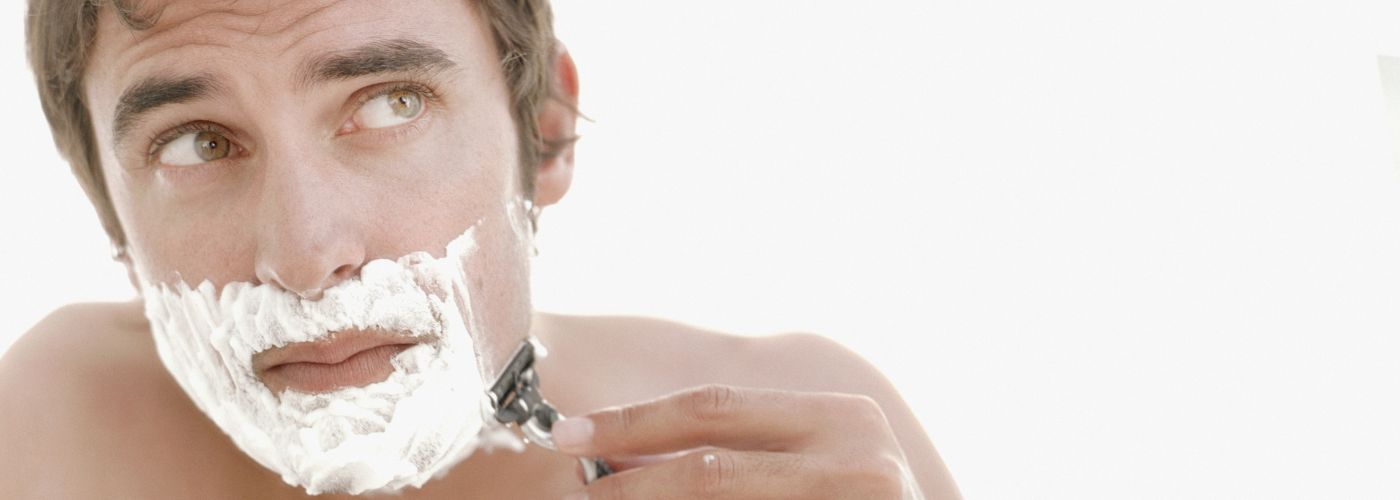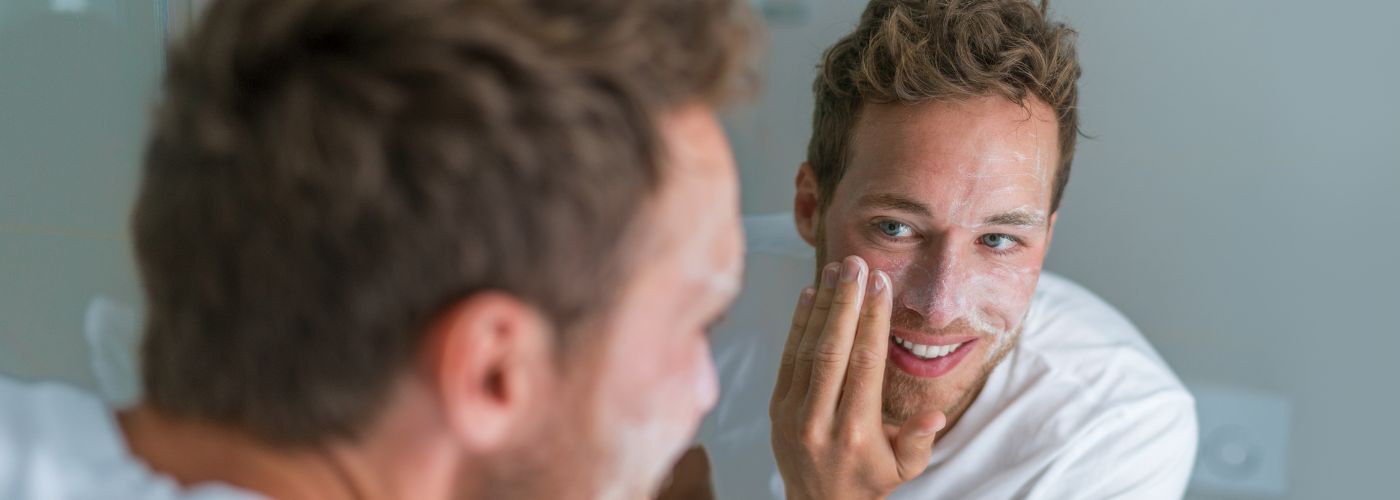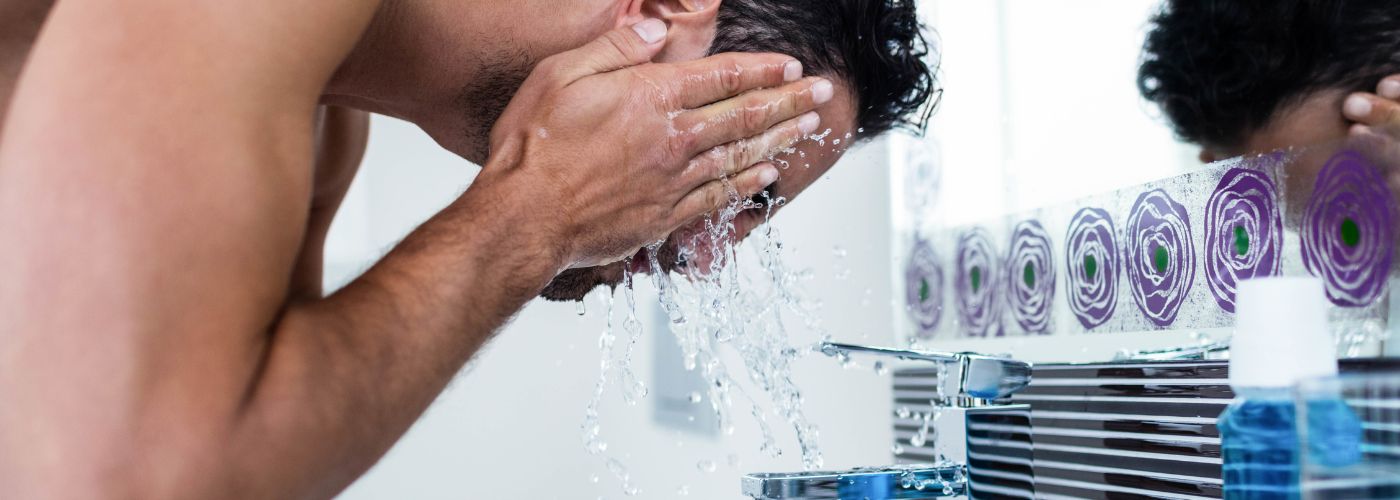Shaving is a daily routine for many people, but it’s not always as simple as just running a razor over your skin. There are numerous techniques and methods to achieve the perfect shave, whether you’re aiming for a smooth face or silky legs. In this article, we’ll cover the basics of shaving techniques and provide tips and tricks to help you achieve the perfect shave.
Should I Shave On or Against The Grain?
The debate over whether to shave on or against the grain has been ongoing for years. Some people swear by shaving with the grain, while others prefer going against it. Ultimately, the decision depends on your personal preference and skin type.
Shaving with the grain means running the razor in the same direction as your hair growth. This method is less likely to cause irritation or ingrown hairs because it’s gentler on your skin. However, it may not give you as close of a shave as going against the grain.
On the other hand, shaving against the grain means running the razor in a direction opposite of your hair growth. This method delivers a cleaner and smoother finish but can be harsher on sensitive skin types and lead to razor burn and cuts.
Ultimately, deciding whether to shave on or against the grain boils down to personal preference and what works best for your own unique skin type. It’s recommended to start shaving on the grain then passing over again against the grain. This fuses the two shaving techniques to get the best shave possible with the least amount of damage to the skin.
Do You Exfoliate Before Or After Shaving?
Exfoliating and shaving are two common grooming practices that help to keep the skin smooth, healthy and free from impurities. However, many people struggle with determining the right order of these activities. Should you exfoliate before or after shaving?
If you have sensitive skin, experts recommend that you should exfoliate before shaving. This helps to remove dead skin cells and unclog pores which can reduce irritation during shaving.
Exfoliating also softens the hairs making them easier to shave off. It is important to use a gentle exfoliant such as a sugar or salt scrub instead of harsh chemicals like glycolic acid which may cause burns or rashes when combined with razor blades.
Skin exfoliation is a process of removing dead skin cells from the surface of your skin. This is an essential step in maintaining healthy and glowing skin.
Physical exfoliants are the most common forms of exfoliation. They include scrubs, brushes, and sponges that physically remove dead skin cells from the surface of the skin. These types of exfoliants can be effective for oily or acne-prone skin but may be too harsh for sensitive or dry skin types.
Should I Use Hot or Cold Water For Shaving?
One of the most debated topics when it comes to shaving is whether you should use hot or cold water. While both have their advantages, using hot water can be more effective in achieving a close shave.
Hot water helps to open up your pores and soften your skin, which makes it easier for the razor blade to glide smoothly over your face. This also reduces the chances of getting razor burn or bumps after shaving. Additionally, warm water can help to reduce any inflammation or redness that may occur during or after shaving.
However, it’s important not to use scalding hot water as this can damage your skin and lead to burns. Instead, opt for lukewarm water that will still provide the benefits without harming your skin.
Be sure to use aftershave products that have little to no alcohol because alcohol can dry your skin, which can speed the aging process.
Can You Shave Without Shaving Cream?
Shaving cream is a popular product used by men and women for a smooth, comfortable shave. However, many people wonder if they can shave without shaving cream. The short answer is yes, but it’s not recommended for several reasons.
Firstly, shaving cream helps to moisturize the skin and soften the hair follicles before shaving. This makes it easier to cut the hair and reduces the risk of irritation or razor burn. Without shaving cream, you may experience more discomfort during and after shaving.
Secondly, using shaving cream creates a barrier between your skin and the razor blade. This helps to prevent nicks and cuts while also ensuring a closer shave.
When you don’t use shaving cream, there’s nothing protecting your skin from the sharp edge of the razor blade. This is why using shaving cream mixed with warm water is recommended for the smoothest and safest shave possible.
What Type Of Razor Should I Use?
For those with sensitive skin, a safety razor may be the best option as it provides a close shave without irritating or damaging the skin. On the other hand, if you have thick hair growth, then an electric clipper may be more suitable as they are designed to cut through dense hair quickly and efficiently.
Additionally, another factor to consider when choosing a razor is your personal shaving routine and preferences. If you prefer a quick shave in the morning before heading out for work, then an electric shaver that can provide a fast trim might suit you better than traditional razors that require more time and attention.




